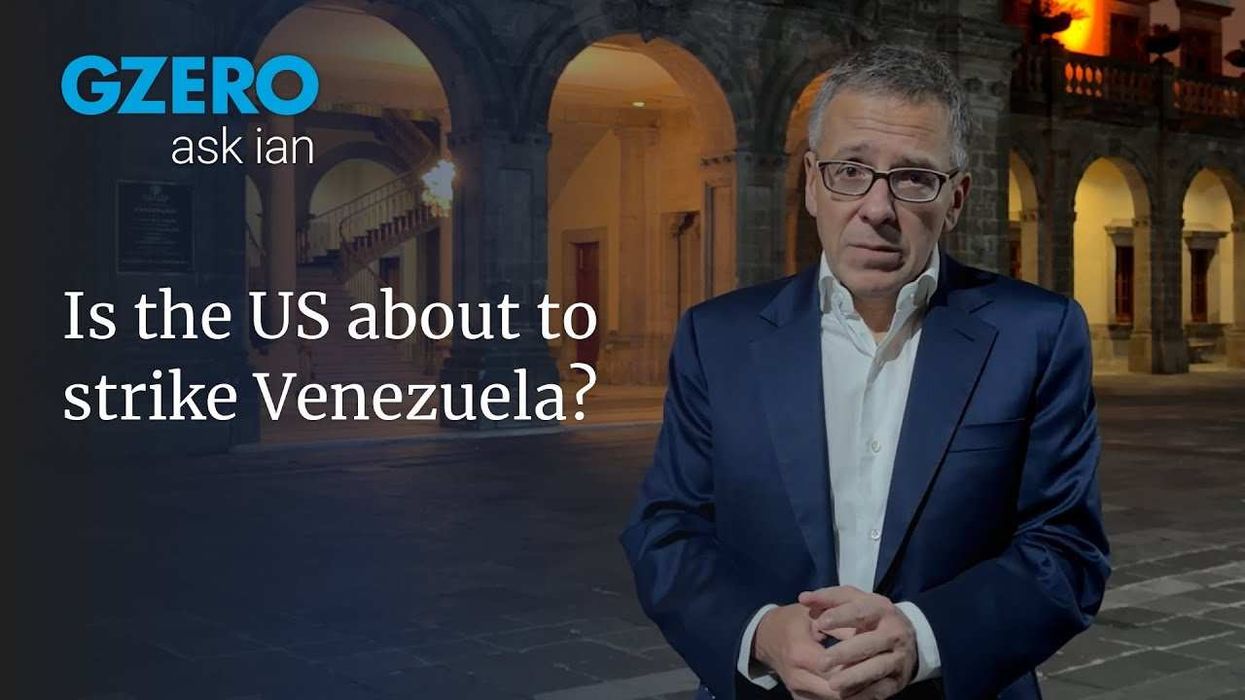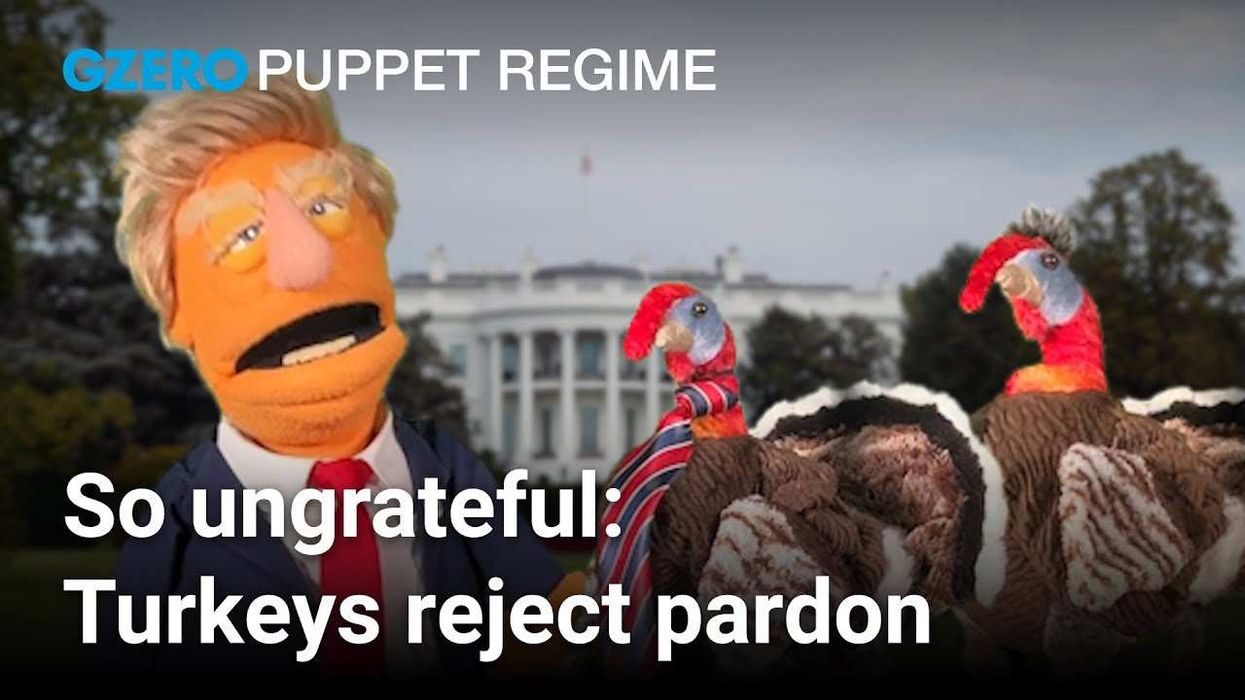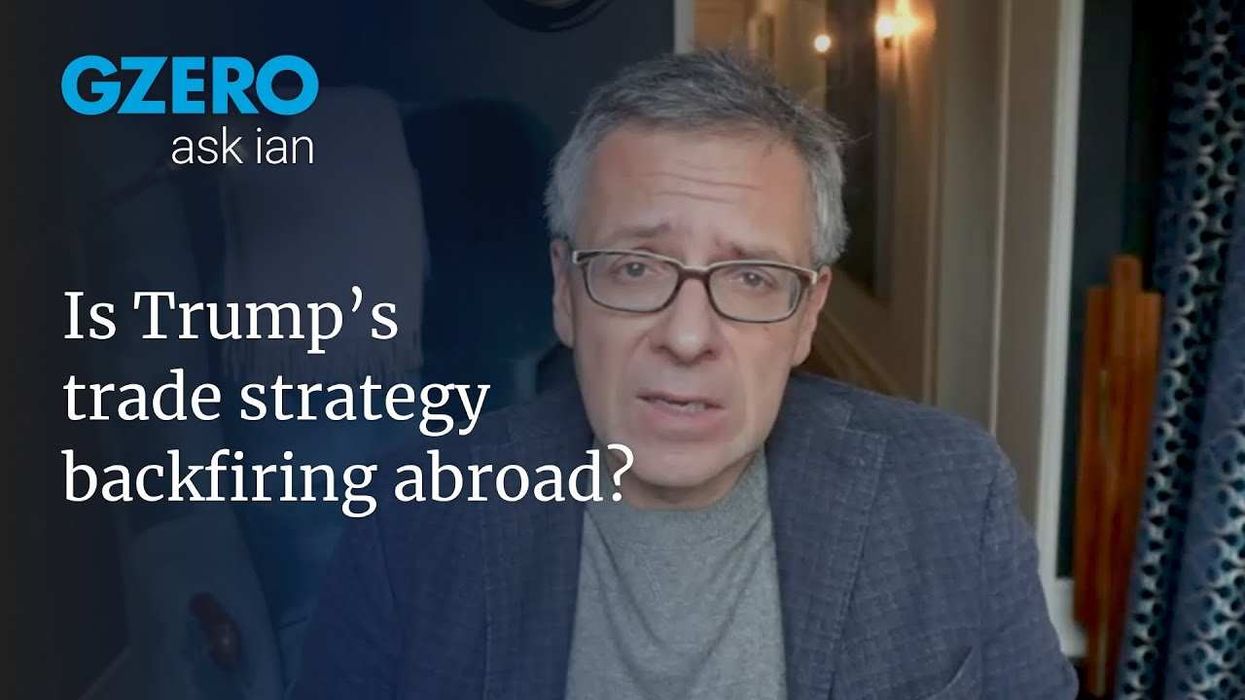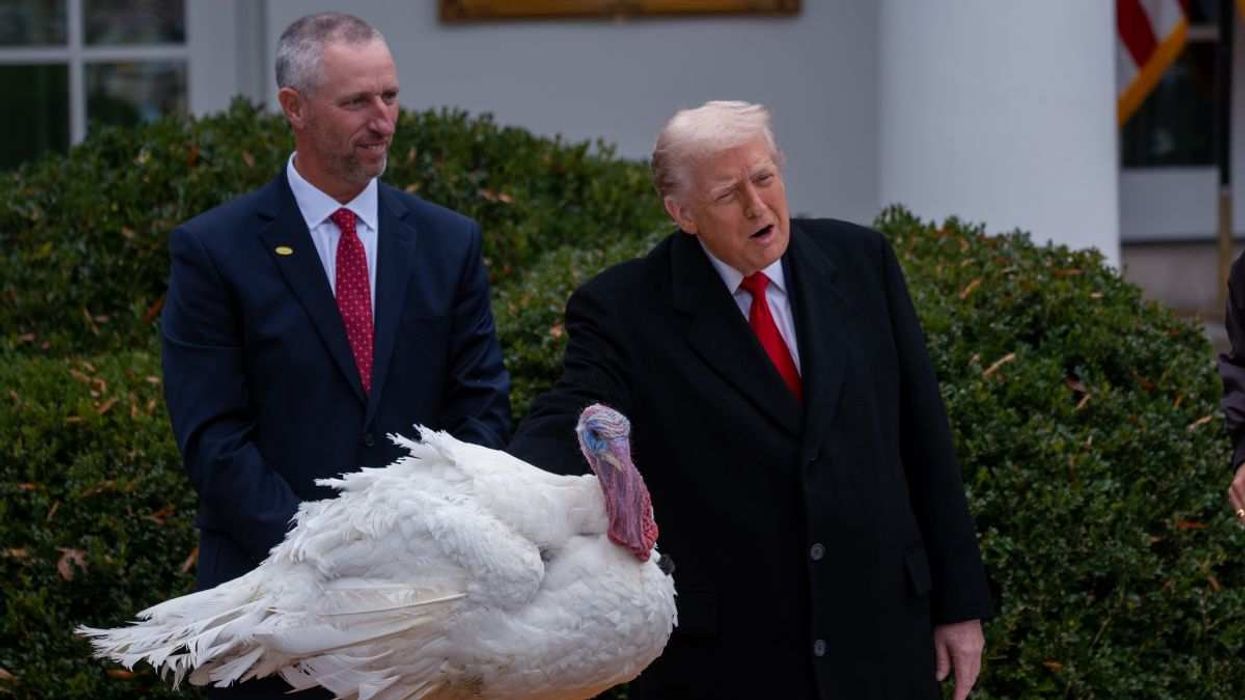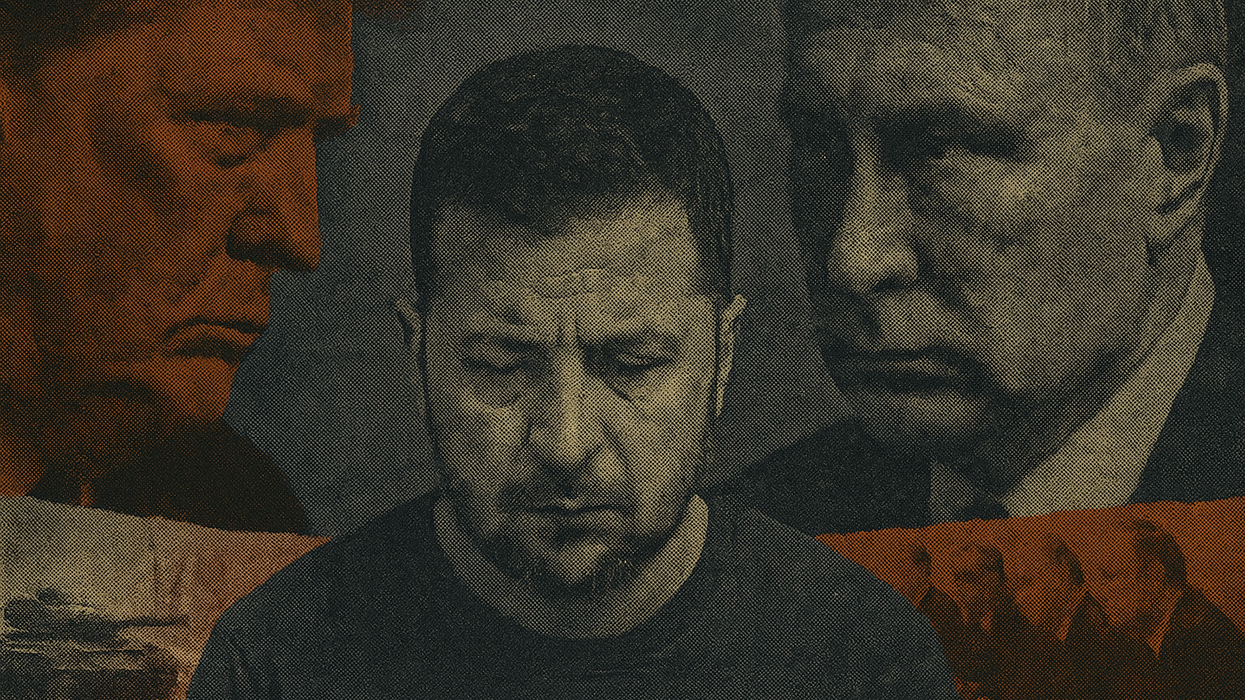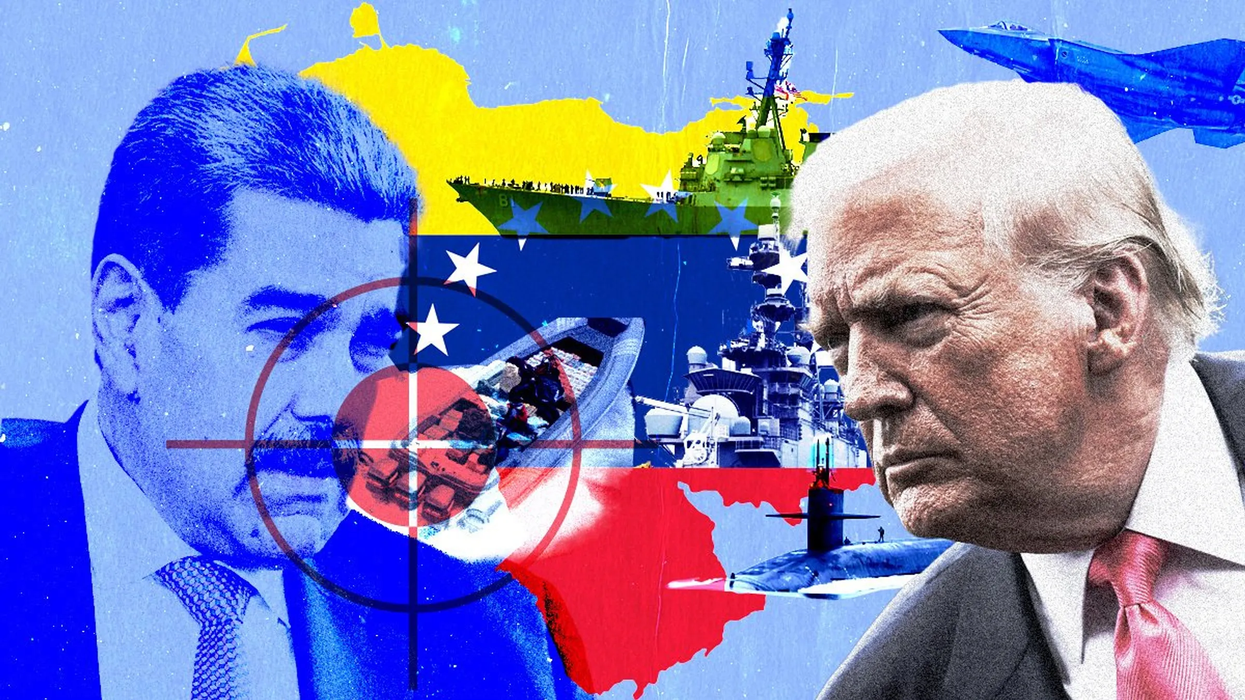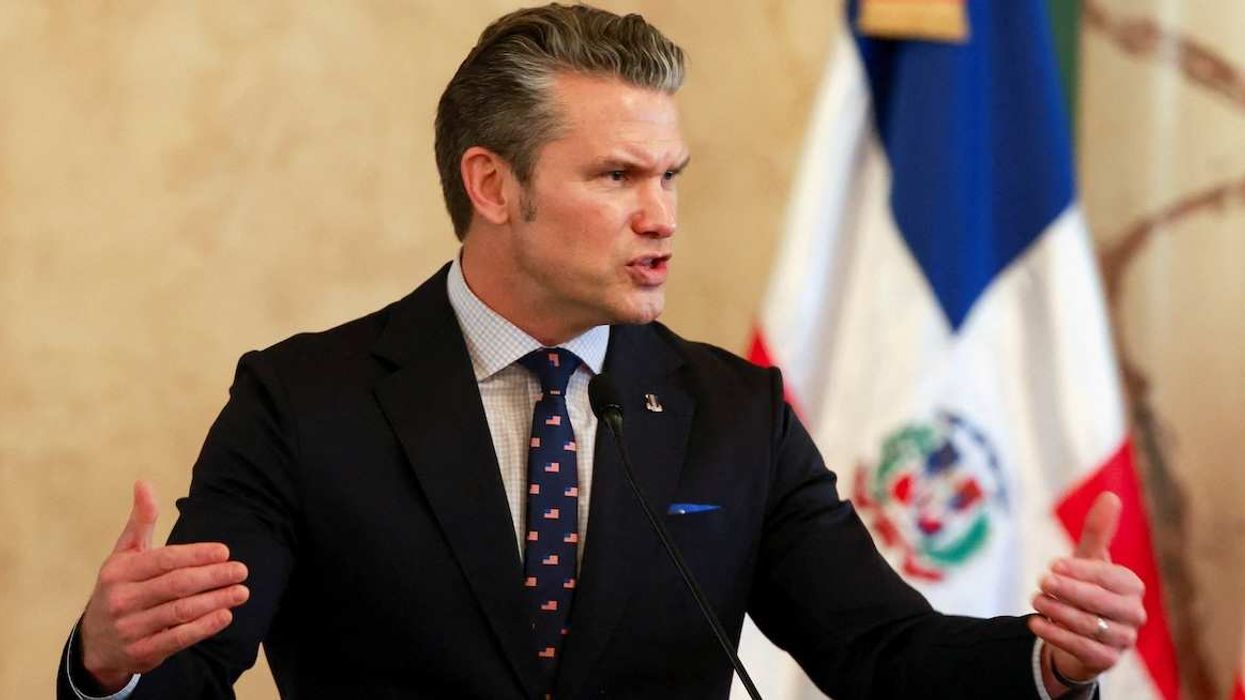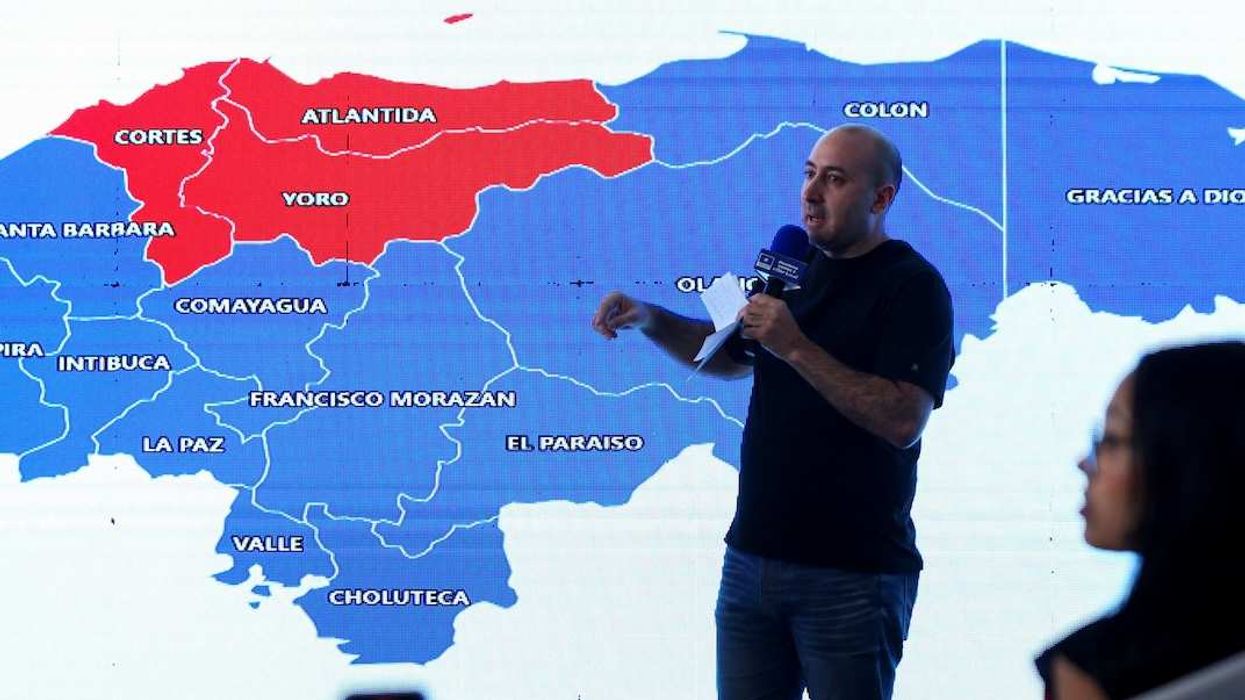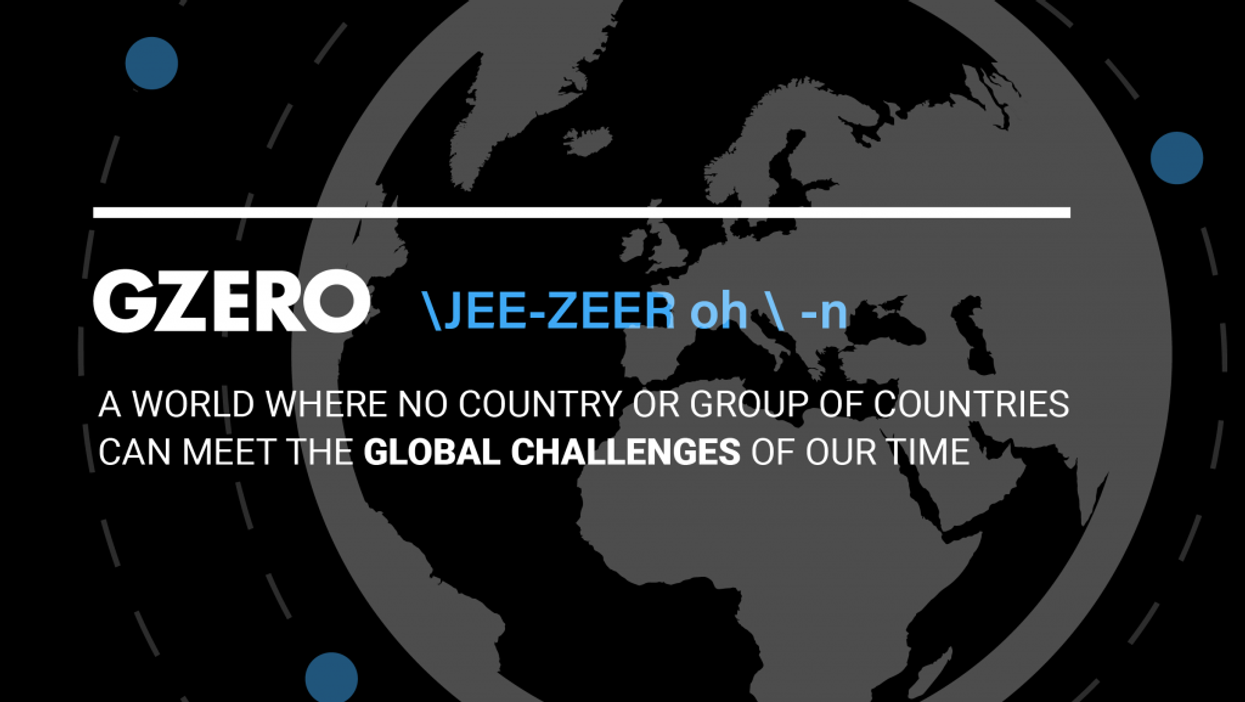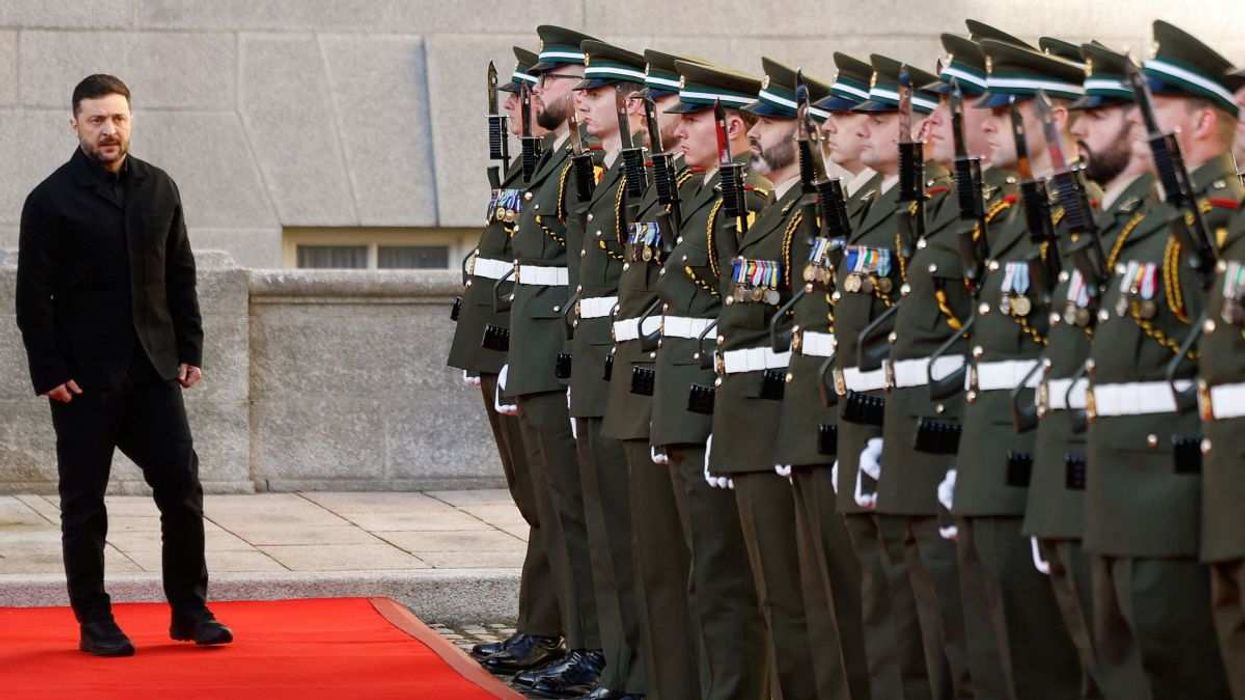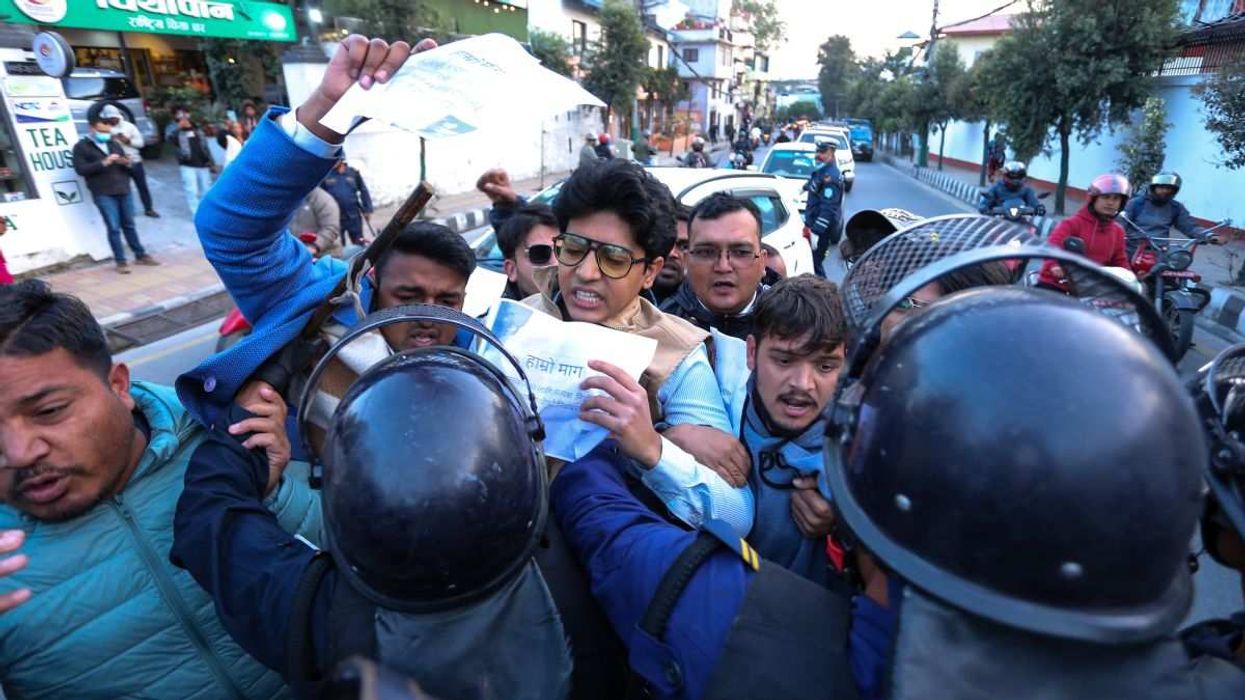The leaders of China, India, Russia, and over twenty countries from the “Global South” gathered in Beijing yesterday, marking another milestone away from the US-led global order. Monday’s meeting of the Shanghai Cooperation Organisation (SCO) saw China unveil a new, US-free vision for global development.
Xi’s plans include an SCO development bank that would lend in currencies other than the US dollar. Diminishing the dollar would make it harder for the US to use sanctions against rogue states, an outcome that US Treasury Secretary Scott Bessent cautioned against in August. It would also limit the power of Trump’s “America First” strategy to draw countries and companies away from Beijing to invest in or relocate production to the US.
Beijing also pledged 10 billion yuan ($1.4 billion) in loans to an SCO banking consortium and 2 billion yuan ($280 million) of free aid to member states in 2025. The sums are not insignificant, but are dwarfed by spending on Belt and Road Initiatives in the first half of 2025 alone, where China's investments and construction contracts across 150 countries totaled $125 billion.
Winning the “memory war”
But China’s ambitions are not purely economic. Xi also launched a challenge to US political influence, saying, “We must continue to take a clear stand against hegemonism and power politics, and practice true multilateralism.”
Those sentiments will be on full display Wednesday, at China’s upcoming military parade commemorating the country’s role in defeating Japan in World War Two. According to the Brookings Institution, China is seeking to win the “memory war,” countering the Western narrative of the Allies’ victory by emphasizing Beijing’s role in the fight against Axis powers. The goal? To reposition China as a defender of the rules of the post-war international order, rather than an authoritarian regime bent on geopolitical supremacy.
India is a lynchpin
As the most populous country on earth, India plays a key role in Xi’s plan. Fortunately for him, Indian Prime Minister Narendra Modi made the trip to Beijing this week, despite border clashes with Chinese troops in 2020 and a recent “near-war” between Pakistan and India involving Chinese-made fighter jets. After meeting Xi, Modi stated that “an atmosphere of peace and stability” had been restored between the two countries.
US President Donald Trump’s reaction? To call America’s relationship with India “a totally one sided disaster.”
Modi took advantage of the trip to also deepen ties with Russia “in all areas, including trade, fertilizers, space, security, and culture. He was clearly undeterred by Trump’s 50% tariffs on Indian goods last week, which were putatively punishment for buying Russian oil. China is also further cementing relations with Russia, announcing this morning the signing of a memorandum of understanding to build the long-delayed Power of Siberia 2 gas pipeline, which will ship 50 billion cubic meters of gas per year from West Siberia to northern China.
Mixed messages on parade?
Xi’s parade tomorrow will take place in Tiananmen Square, where authorities infamously massacred student protestors in 1989. What’s more, some of the highest profile leaders in attendance hail from the world’s most repressive regimes: North Korea’s Kim Jong Un, Iran’s President Masoud Pezeshkian, Myanmar’s junta chief Min Aung Hlaing, and Turkey’s Recep Tayyip Erdoğan.
The only Western leaders on the dance card? Slovakia’s Robert Fico and Serbia’s Aleksandar Vučić, both of whom have been criticized for their own authoritarian leanings.


